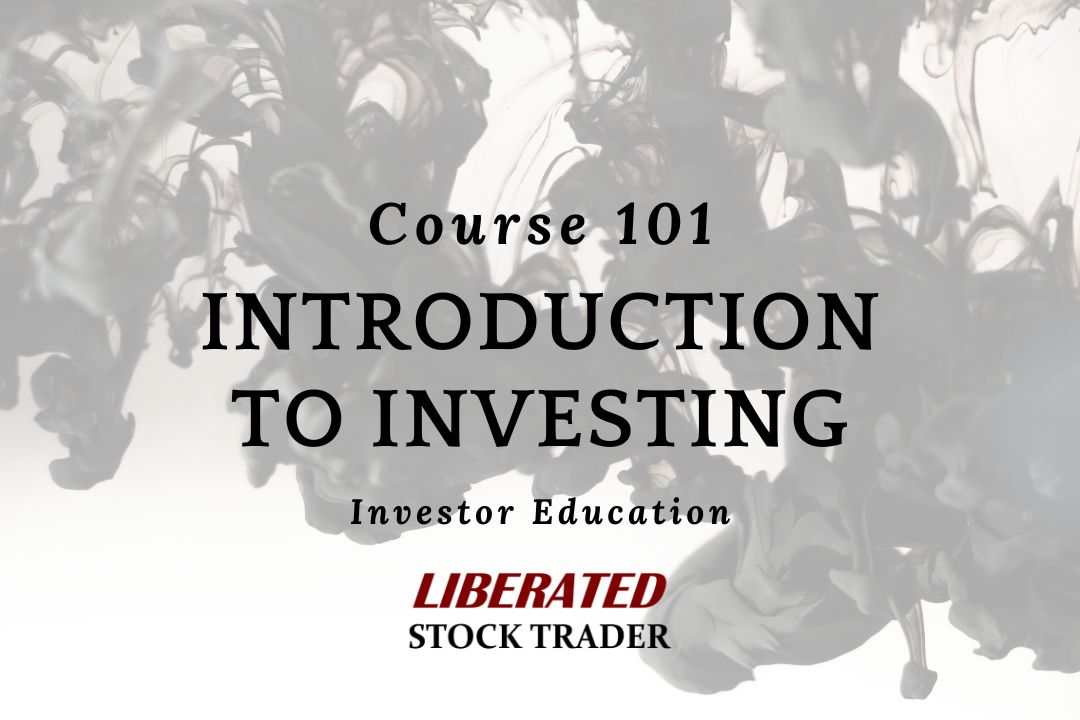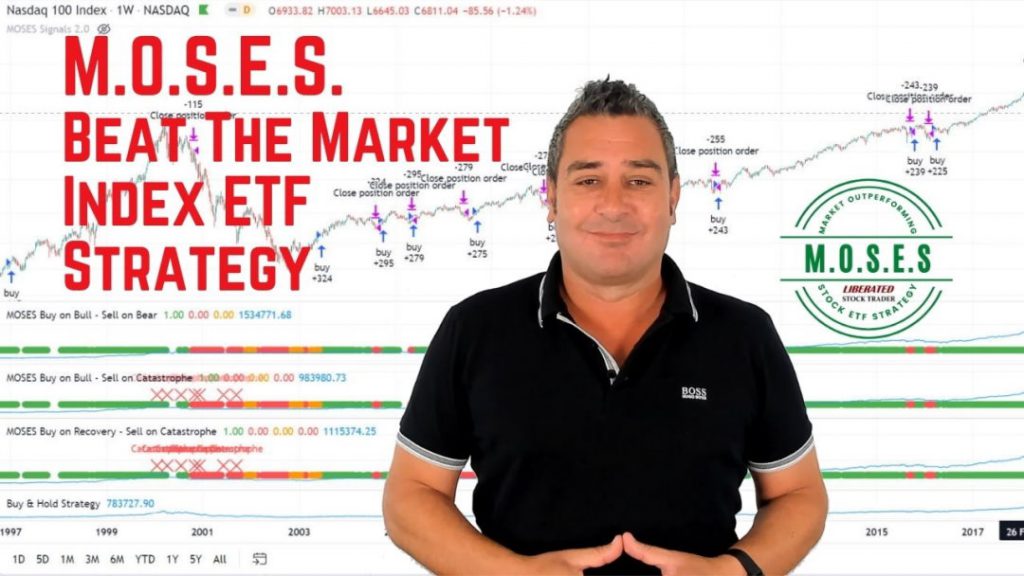A bond is an agreement between an issuer, usually a corporation or a government, and a holder, usually a commercial institution, individual, or another government.
The holder of the bond will expect to receive a fixed interest (the coupon) return for loaning the money and also expect to receive the principal (total sum loaned) back after the bond matures.

How do bonds work?
A bond is a generic term for a debt agreement or IOU, but the actual name depends on the agreement’s lifetime.
- Bills: have shorter-term maturity dates, usually between one and five years.
- Notes: medium-term loans between six to twelve years
- Bonds: longer-term loans of more than twelve years
A US Government T-Bill is a treasury bill issued by the US government for five years or less.
The coupon or the interest earned by the debt holder varies depending on the credit quality of the institution issuing the bond.
For example, if the German government issues bonds (bunts), they expect only to pay a few percentage points to the bondholder because they have a very good credit rating.
However, Spain is considered riskier when issuing bonds to cover its financial and tax revenue shortfall; therefore, it has to pay a higher interest rate, up to 5% or 6%.
This is why debtor nations like the US, the UK, and other European countries must ensure their economies stay in good shape. The cost of borrowing could suddenly increase due to perceived risk, which could plunge a country into repayment problems.
Why invest in bonds?
Bonds are a great way to invest your money because they offer a stable return on your investment. Governments and companies issue bonds; you lend that organization money when you buy a bond. The organization agrees to pay you back the original investment plus interest in exchange for your loan. This interest is usually paid out regularly, making bonds a great way to earn regular income.
There are different types of bonds, but most are classified based on their credit rating. This rating is determined by agencies like Moody’s and Standard & Poor’s and reflects the organization’s ability to repay its debt obligations. The higher the credit rating, the lower the risk of default.
26 Types of Bond Investments
There are many different types of bond investments:
- Corporate Bonds are bonds companies issue to raise money for various purposes such as expansion, R&D, or to pay down debt.
- Municipal Bonds – bonds issued by state and local governments to finance public works projects such as schools, hospitals, and roads.
- Government Bonds – bonds issued by the federal government to finance its operations.
- Zero-coupon bonds do not pay periodic interest payments but are sold at a discount from their face value and mature at par.
- High-yield bonds offer higher interest rates than other bonds to compensate for their higher risk of default.
- Convertible bonds can be converted into a specified number of shares of the issuer’s common stock.
- Callable bonds – are bonds the issuer can redeem before their maturity date.
- Puttable bonds can be sold back to the issuer before their maturity date.
- Floating rate bonds are bonds whose interest payments are linked to a reference rate such as LIBOR.
- Indexed bonds are bonds whose interest payments are linked to an index such as the CPI or S&P 500.
- Distressed bonds are bonds issued by companies in financial distress and have a high risk of default.
- Junk bonds are bonds rated below investment grade by the major credit rating agencies.
- Emerging markets bonds – bonds issued by companies in emerging markets such as Brazil, Russia, India, and China.
- Private placement bonds – bonds sold directly to institutional investors such as insurance companies and pension funds.
- Asset-backed securities – bonds backed by a pool of assets such as mortgages or credit card receivables.
- Collateralized debt obligations – bonds backed by a pool of debt instruments such as corporate bonds or loans.
- Mortgage-backed securities – bonds that are backed by a pool of mortgage loans.
- Commercial paper – short-term promissory notes that large corporations typically issue.
- T-bills are short-term government securities with maturities of one year or less.
- T-notes – government securities with maturities of two to ten years.
- T-bonds – long-term government securities with maturities of twenty years or more.
- I-bonds – inflation-protected government securities that earn interest based on the CPI.
- EE bonds are government securities that earn a fixed interest rate plus an additional rate linked to the CPI.
- Zero-coupon bonds do not make periodic interest payments but are sold at a discount from their face value and mature at par.
- Treasury Inflation-Protected Securities – government securities whose principal is adjusted for inflation.
- Series I savings bonds earn a fixed interest rate plus an additional rate linked to the CPI.
Which type of bond should I invest in?
There are various options when it comes to investing in bonds, and it can be difficult to decide which is right for you. If you’re looking for a relatively safe investment that offers a modest return, a government or corporate bond might be a good option. If you’re looking for a higher yield, consider a junk bond or an emerging market bond. Ultimately, it’s important to consider your investment goals and objectives before deciding.
Beat The Market, Avoid Crashes & Lower Your Risks
Nobody wants to see their hard-earned money disappear in a stock market crash.
Over the past century, the US stock market has had 6 major crashes that have caused investors to lose trillions of dollars.

The MOSES Index ETF Investing Strategy will help you minimize the impact of major stock market crashes. MOSES will alert you before the next crash happens so you can protect your portfolio. You will also know when the bear market is over and the new rally begins so you can start investing again.
MOSES Helps You Secure & Grow Your Biggest Investments
★ 3 Index ETF Strategies ★
★ Outperforms the NASDAQ 100, S&P500 & Russell 3000 ★
★ Beats the DAX, CAC40 & EURO STOXX Indices ★
★ Buy & Sell Signals Generated ★
MOSES Helps You Sleep Better At Night Knowing You Are Prepared For Future Disasters
How to invest in municipal bonds
Municipal bonds are issued by local governments, such as cities, states, and counties, and are often used to finance public projects such as schools and highways. They are considered relatively safe investments and offer tax-exempt interest payments, which can benefit investors in high tax brackets.
What are the risks of investing in bonds?
Bond investment comes with several risks, including interest rate, credit risk, and inflation risk. Interest rate risk is the risk that bond prices will decline as interest rates rise. Credit risk is the risk that the bond issuer will default on its payments. Inflation risk is when the purchasing power of a bond’s interest payments declines over time.
What are the benefits of investing in bonds?
Bonds offer some benefits, including stability, income, and diversification. Bonds tend to be less volatile than stocks, making them a good choice for risk-averse investors. They also offer regular interest payments, which can provide income. And finally, bonds can help to diversify a portfolio by providing exposure to different asset classes.
You want to be a successful stock investor but don’t know where to start.
Learning stock market investing on your own can be overwhelming. There’s so much information out there, and it’s hard to know what’s true and what’s not.
Liberated Stock Trader Pro Investing Course
Our pro investing classes are the perfect way to learn stock investing. You will learn everything you need to know about financial analysis, charts, stock screening, and portfolio building so you can start building wealth today.
★ 16 Hours of Video Lessons + eBook ★
★ Complete Financial Analysis Lessons ★
★ 6 Proven Investing Strategies ★
★ Professional Grade Stock Chart Analysis Classes ★

